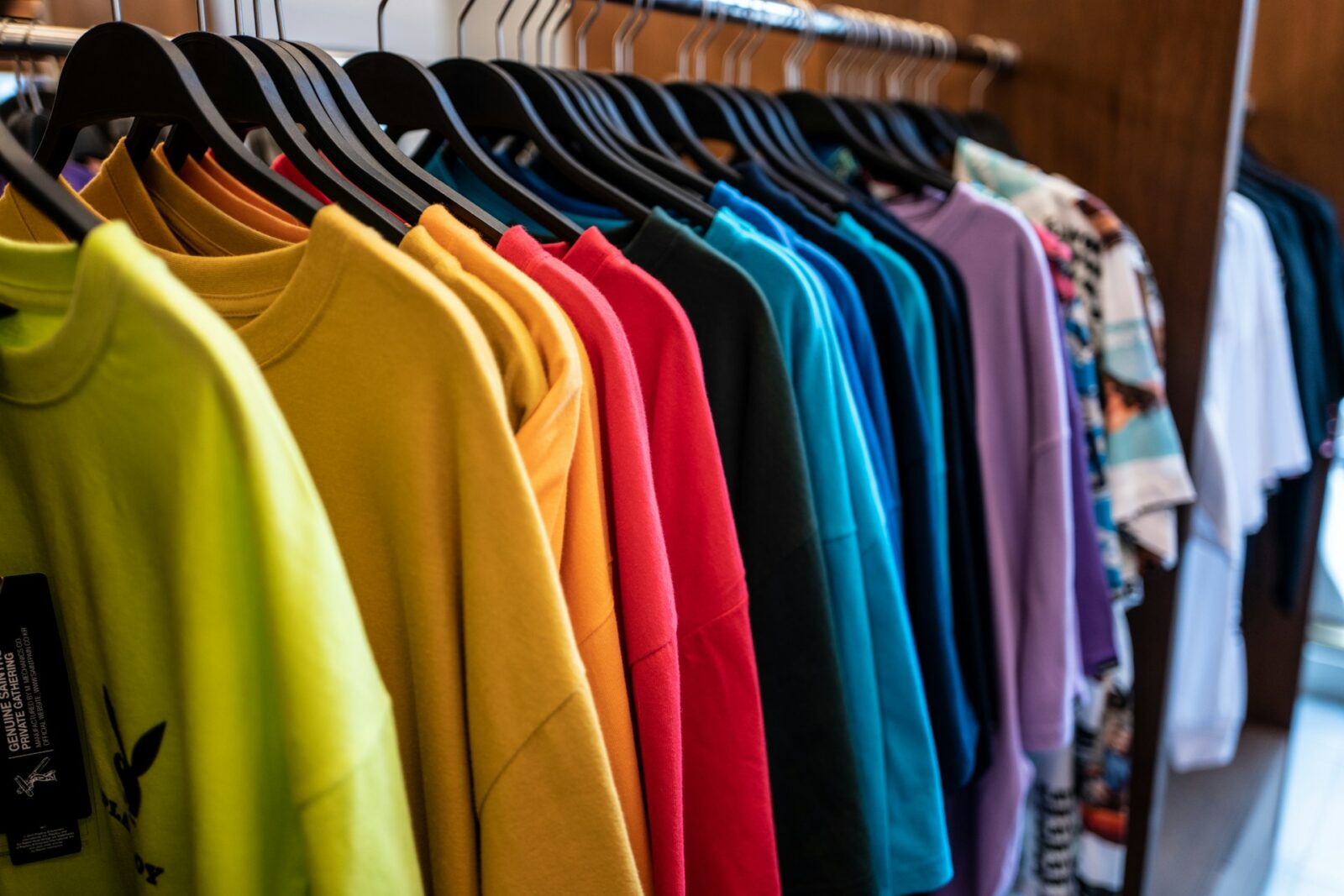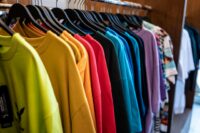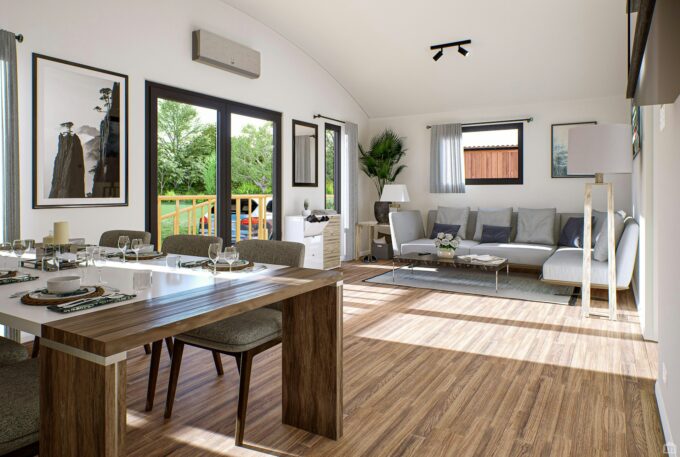A well-designed custom t-shirt can turn a simple piece of clothing into a powerful statement. Whether you’re promoting a brand, celebrating a family reunion, or just want to wear your art, creating personalized clothing is an exciting way to express yourself.
The process allows you to bring your unique vision to life, ensuring what you wear is truly one-of-a-kind. However, the journey from a great idea to a finished product involves several key steps.
From brainstorming your design to choosing the right printing method, each stage is crucial for achieving a professional look. This post will walk you through the entire apparel design process, providing clear and actionable tips to help you create stunning custom t-shirts for any occasion.
1. Define the Purpose and Audience
Before you dive into colors and fonts, it’s essential to clarify the purpose of your custom t-shirts. Understanding the “why” behind your design will guide your creative decisions and ensure the final product meets your goals.
Identify the Occasion
Are you creating shirts for a specific event or a broader purpose? The context will heavily influence your design.
- Corporate Events: For business promotions, trade shows, or team-building activities, designs should be professional and align with your brand identity.
- Personal Celebrations: For birthdays, family reunions, or bachelor/bachelorette parties, you can be more playful and personal.
- Merchandise: If you’re selling the shirts, the design needs to be appealing to your target market and reflect your brand’s aesthetic.
Know Your Audience
Consider who will be wearing the t-shirts. A design that resonates with a group of tech professionals might differ significantly from one intended for a local sports team. Think about their age, interests, and style preferences to create something they’ll be excited to wear.
2. Brainstorm and Sketch Your Ideas
With a clear purpose in mind, it’s time for the fun part: brainstorming. This is where your creativity takes center stage. Don’t worry about perfection at this stage; just let your ideas flow.
Gather Inspiration
Look for inspiration everywhere. Browse websites like Pinterest or Behance, check out what your favorite brands are doing, or even look at street style for ideas. Collect images, color palettes, and fonts that catch your eye.
Sketch Your Concepts
Start sketching your ideas on paper or a digital tablet. This helps you visualize how different elements will work together. Try out various layouts and compositions for your text and graphics. Create a few different versions of your design to see which one works best.
3. Create a High-Quality Digital Design
Once you have a solid concept, the next step is to create a digital version of your design. Using the right software is crucial for producing a high-resolution file that will look great when printed.
Choose Your Design Software
Several tools can help you create professional-quality designs.
- Professional Software: Adobe Illustrator is the industry standard for creating vector graphics, which can be scaled to any size without losing quality. Adobe Photoshop is excellent for image-based or photographic designs.
- User-Friendly Alternatives: If you’re new to design, tools like Canva or Procreate offer intuitive interfaces and pre-made templates to get you started.
Pay Attention to Technical Details
To ensure your design prints correctly, keep these technical aspects in mind:
- Resolution: Aim for a resolution of at least 300 DPI (dots per inch) to avoid a pixelated or blurry print.
- File Format: Save your final design in a high-quality format like PNG, AI, or EPS. PNG files are great because they support transparent backgrounds.
- Color Mode: Use CMYK (Cyan, Magenta, Yellow, Key/Black) for print designs, as it more accurately represents how colors will appear on fabric compared to RGB (Red, Green, Blue), which is used for digital screens.
4. Select the Right T-Shirt
The shirt you print on is just as important as the design itself. The material, fit, and color of the garment will all impact the final look and feel of your personalized clothing.
Consider Fabric Types
Different materials offer different benefits in terms of comfort, durability, and print quality.
- 100% Cotton: Soft, breathable, and affordable. It’s a classic choice that prints well.
- Polyester Blends: Often more durable, moisture-wicking, and less prone to shrinking. A 50/50 cotton-poly blend offers the best of both worlds.
- Tri-Blends: These combine cotton, polyester, and rayon for a super-soft, lightweight, and modern-looking shirt.
Choose the Fit and Color
Think about the style you want. Do you prefer a classic, relaxed fit or a more modern, slim-fitting shirt? The color of the shirt is also a critical decision.
Choose a color that complements your design and makes the graphics pop. A light-colored design will stand out on a dark shirt, while a dark design works best on a light-colored shirt.
5. Explore Different Printing Methods
There are several methods for shirt printing, and each offers unique advantages depending on your design complexity, order quantity, and budget. For quality shirt printing Edmonton, it’s helpful to understand which method best suits your project.
Screen Printing
This traditional method involves pushing ink through a mesh screen onto the fabric.
- Best For: Large orders (20+ shirts) with simple designs (1-3 colors).
- Pros: Cost-effective for bulk orders, durable, vibrant colors.
- Cons: Not ideal for complex, multi-color designs or small quantities.
Direct-to-Garment (DTG)
DTG printing works like an inkjet printer, applying ink directly onto the fabric.
- Best For: Detailed, full-color designs like photographs or intricate illustrations.
- Pros: Excellent for complex graphics, no minimum order quantity, soft feel.
- Cons: Can be more expensive per shirt than screen printing, works best on 100% cotton.
Heat Transfer
This method involves printing the design onto special transfer paper and then using a heat press to apply it to the shirt.
- Best For: Small batches, full-color logos, and individual custom t-shirts.
- Pros: Great for detailed designs, affordable for small orders.
- Cons: Less durable than screen printing or DTG; the print can sometimes feel stiff.
6. Partner with a Professional Printer
Once your design is ready and you’ve chosen your shirt and printing method, it’s time to find a reliable printing partner. A professional printer can provide expert advice and ensure your vision is executed flawlessly.
Find a Local Expert
Working with a local company for shirt printing in Edmonton can offer several advantages, including faster turnaround times, lower shipping costs, and the ability to see physical samples.
Review Your Final Proof
Before the full print run begins, your printer will provide a digital or physical proof. Review it carefully to check for any errors in spelling, color, or placement. This is your last chance to make changes before production starts.
Bring Your Vision to Life
Creating custom apparel is a rewarding process that lets you share your creativity with the world. By following these steps—from defining your purpose to partnering with the right printer—you can design high-quality, professional-looking t-shirts that make a lasting impression. Now that you know, it’s time to start creating.














